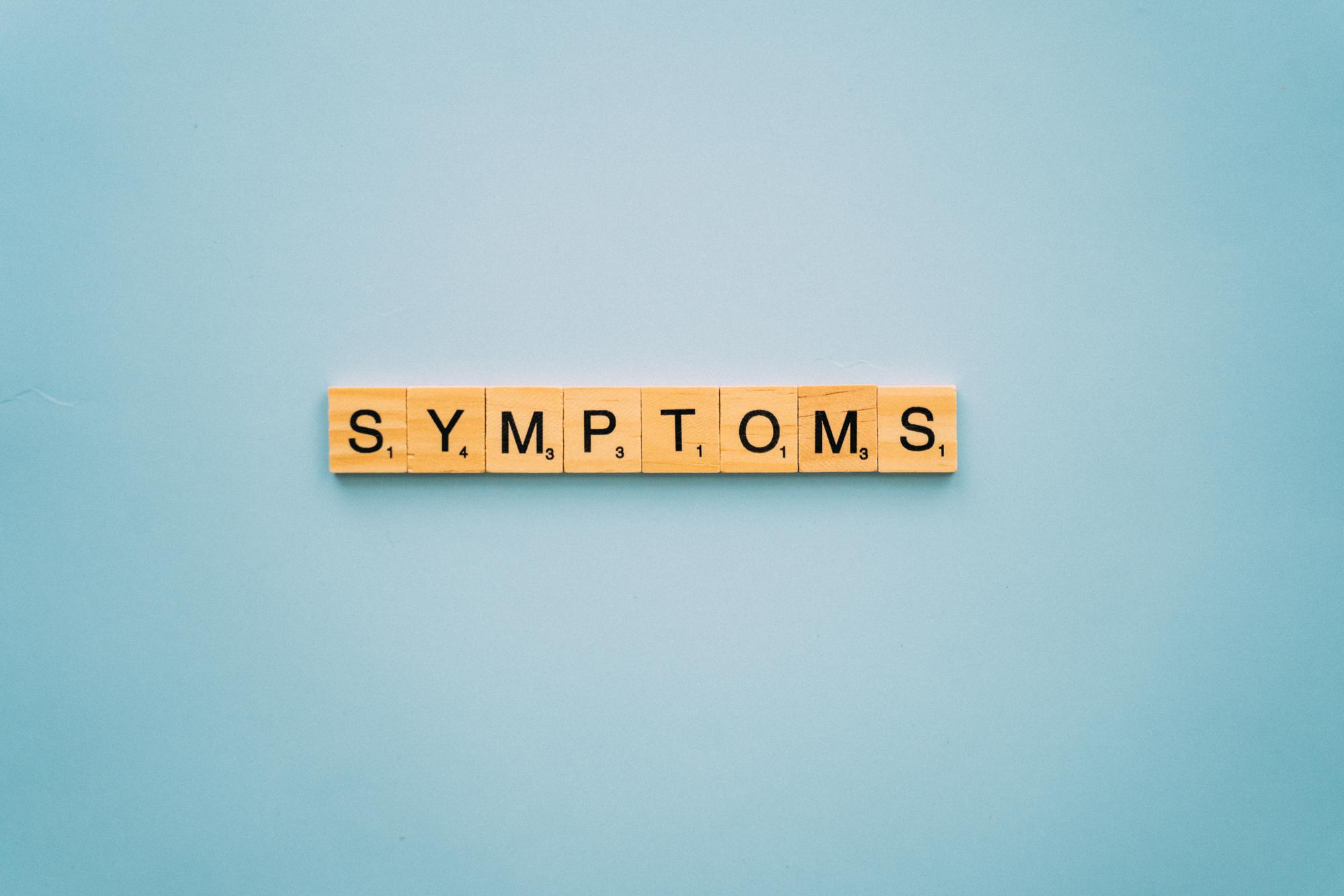Are you wondering if horses can get mange? Mange is a skin condition caused by tiny mites that can make your horse’s life miserable. In this blog post, we’ll discuss the different types of mange that can affect horses, the symptoms of mange, and the treatments available for this common skin condition.
We’ll also explore the prevention strategies you can use to help keep your horse healthy and free from mange.
Signs and symptoms of mange in horses

The age-old question: can horses get mange? The answer is, unfortunately, yes. Mange is an easily transmittable skin condition caused by mites and can affect horses of all ages and breeds.
Mange is an easily transmittable skin condition caused by mites and can affect horses of all ages and breeds. Symptoms of mange in horses include severe itching, hair loss, dandruff, and crusty skin. As the condition progresses, horses may show signs of depression, weight loss, and a decrease in overall activity.
If you suspect your horse may have mange, it is best to seek veterinary advice and treatment. With proper care and treatment, your horse can make a full recovery.
Causes of mange in horses
Mange is an incredibly common skin condition in horses, and can cause significant discomfort and even pain in these beloved animals. While it is most commonly caused by mites, there are other potential causes of mange in horses.
These include exposure to harsh chemicals, poor nutrition, stress, and even genetic predisposition. Knowing and understanding the potential causes of mange in horses is essential for horse owners and equine professionals alike. To answer the question of whether horses can get mange, the answer is yes – horses can get mange, and it is important to be aware of the possible causes and how to treat it.
Diagnosis and treatment of mange in horses
Mange is a skin condition caused by mites that can affect horses as well as other animals. It is characterized by itching, skin lesions, hair loss, and crusty skin.
Horses can get mange and, if left untreated, it can potentially cause serious health problems. Fortunately, with proper diagnosis, treatment, and prevention, mange can be successfully managed and horses can go on to live normal, healthy lives. Diagnosis of mange involves identifying the type of mite involved and performing a skin scraping to determine the presence of mites.
Treatment of mange typically involves the use of topical medications, such as insecticides, and systemic treatments, such as ivermectin. Additionally, it is important to keep the horse’s environment clean and free of mites to prevent further outbreaks of mange.
Prevention of mange in horses
When it comes to the health of our horses, mange can be one of the most concerning conditions. But the good news is that, with proper prevention and management, horses can avoid this skin disorder and the discomfort it often causes.
The question is, then, can horses get mange? The answer is yes – horses can be affected by mange, but it is generally more common in other animals such as dogs, cats, and livestock. Fortunately, there are a few simple steps that can be taken to help protect horses from mange.
These include regular grooming, monitoring the health of the horse, and maintaining a clean and dry environment. By following these preventive measures, horse owners can help ensure their horses stay mange-free and enjoy a healthy, happy life.
Potential complications of mange in horses
Mange is an incredibly common skin condition that affects horses, and it can cause a variety of complications. It is caused by mites, which burrow into the horse’s skin, leading to intense itching, hair loss, and a variety of other uncomfortable symptoms.
Unfortunately, if left untreated, mange can lead to far more serious problems, such as bacterial infections, secondary skin infections, and even anemia. Luckily, mange is treatable and preventable, so it is important to keep an eye out for signs of the condition and take appropriate action. The answer to the question “can horses get mange?
” is a resounding yes, so be sure to be on the lookout for any potential signs of this skin condition in your equine friends.
Summary: can horses get mange
It’s a common question among horse owners: can horses get mange? The answer is yes, horses can be affected by mange, though it is not as common in horses as it is in other animals. Mange is caused by mites, microscopic parasites which can cause an irritating skin condition in horses.
Symptoms of mange in horses include hair loss, itching, and scabbing. It’s important to identify and treat mange in horses as soon as possible, as it can be hard to get rid of and can cause significant discomfort for the horse.
Fortunately, there are effective treatments available to help get rid of mange in horses, so if you think your horse might be affected, it’s important to seek veterinary help right away.
Conclusion
In conclusion, horses can indeed get mange. Mange is caused by mites and is a type of contagious skin disease that can cause significant discomfort and irritation in horses. It is important to be aware of the signs of mange and seek treatment right away if you suspect that your horse may have mange.
It is important to be aware of the signs of mange and seek treatment right away if you suspect that your horse may have mange. Treatment typically involves topical medications and insecticides, as well as regular grooming and bathing to prevent the spread of mange.